In today’s digital age, social media platforms have transformed from simple communication channels into powerful marketing tools with significant influence over consumer behavior. One concerning trend is how these platforms are shaping the exotic pet trade—a multi-billion-dollar industry that often operates in ethical gray areas. Scrolling through Instagram, TikTok, or YouTube, users frequently encounter endearing videos of slow lorises being tickled, capybaras lounging in bathtubs, or fennec foxes playing with toys. These captivating glimpses into life with unconventional animal companions have sparked a troubling surge in demand for exotic pets, often with little consideration for the complex ethical, environmental, and welfare issues involved. The intersection of social media’s reach and the allure of the unusual has created a perfect storm that is reshaping human-animal relationships in the digital era.
The Viral Nature of Exotic Pet Content

Social media algorithms are designed to promote content that generates high engagement, and exotic animals consistently deliver this metric through their novelty and perceived cuteness. A single viral video of a pet fox or sugar glider can reach millions of viewers within days, creating instant widespread visibility for species that many people previously knew little about. Content creators understand this appeal and often specifically showcase the most entertaining or anthropomorphized behaviors of their exotic pets, rarely depicting the challenging aspects of their care. This selective portrayal contributes to what researchers call the “cute response”—a psychological reaction that triggers nurturing instincts and desire for possession when viewing appealing animals. The condensed nature of social media content—often limited to seconds-long clips—further prevents viewers from gaining a complete understanding of what exotic pet ownership truly entails.
Influencer Culture and Exotic Pet Promotion

Social media influencers wield tremendous power in shaping consumer desires, and exotic pet ownership has become a status symbol within certain influencer circles. Celebrities and content creators with large followings showcase their unconventional pets as lifestyle accessories, inadvertently positioning these animals as attainable luxury items rather than complex living beings with specific needs. These digital tastemakers rarely disclose the behind-the-scenes reality of exotic pet ownership—specialized diets, environmental requirements, veterinary challenges, and behavioral issues that don’t make for engaging content. The aspirational nature of influencer culture fosters a “keeping up with the Kardashians” effect, where followers seek to emulate the lifestyles they admire, including acquiring similar exotic companions. The monetization opportunities for content featuring exotic animals further incentivize this problematic promotion, as videos featuring unusual species typically generate higher view counts and engagement rates than content with conventional pets.
Misinformation and Romanticization
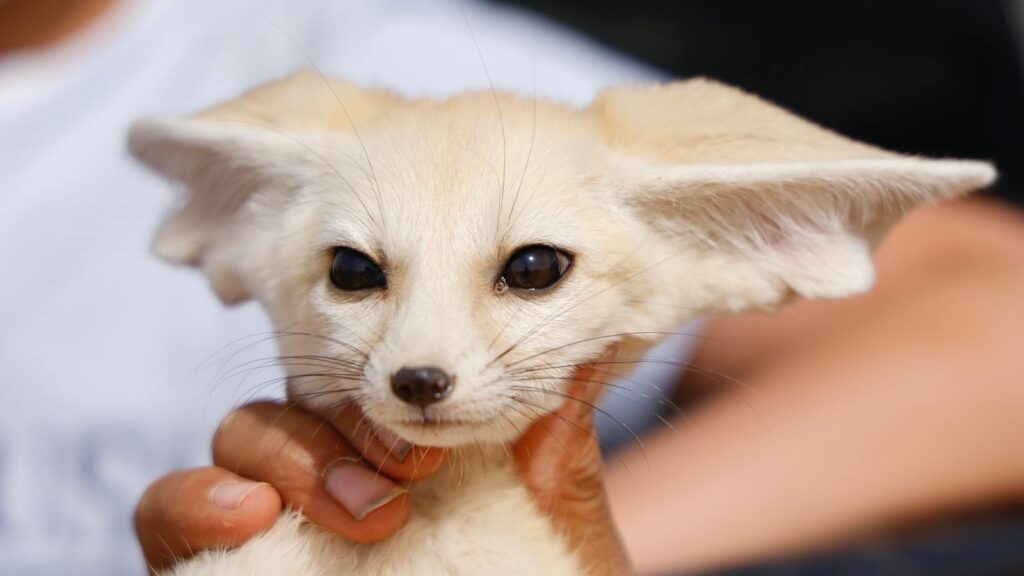
Perhaps the most dangerous aspect of social media’s influence on exotic pet demand is the rampant spread of misinformation regarding care requirements and natural behaviors. Brief videos showing fennec foxes quietly cuddling or slow lorises appearing to enjoy being petted present misleading impressions of animals that are frequently distressed, inappropriately housed, or exhibiting stress behaviors misinterpreted as cute or friendly gestures. Many viral clips depicting “happy” exotic pets actually show animals displaying signs of stress or fear that the average viewer lacks the expertise to recognize. Content creators rarely highlight the destructive behaviors, specialized dietary needs, or territorial aggression that many wild animals naturally display. This romanticized portrayal creates unrealistic expectations among potential owners who believe these animals will behave like traditional domesticated pets—a dangerous misconception with consequences for both human and animal welfare.
The Accessibility Factor: Connecting Buyers and Sellers

Beyond merely generating interest in exotic pets, social media platforms have dramatically simplified the process of acquiring these animals by connecting buyers with sellers across geographic boundaries. Private Facebook groups, Instagram direct messages, and specialized hashtags serve as unregulated marketplaces where prospective owners can locate breeders or importers with minimal oversight. This accessibility has effectively circumvented traditional barriers that might have previously limited exotic pet purchases, such as requiring in-person transactions or connections within specialized communities. Digital payment platforms facilitate anonymous financial transactions that may slip beneath regulatory radar. The ease of these connections has transformed passing interest into actionable purchases, with some exotic animals being acquired as impulsively as ordering takeout food—often with similarly little research into what the responsibility entails.
Impact on Wildlife Conservation and Population Status
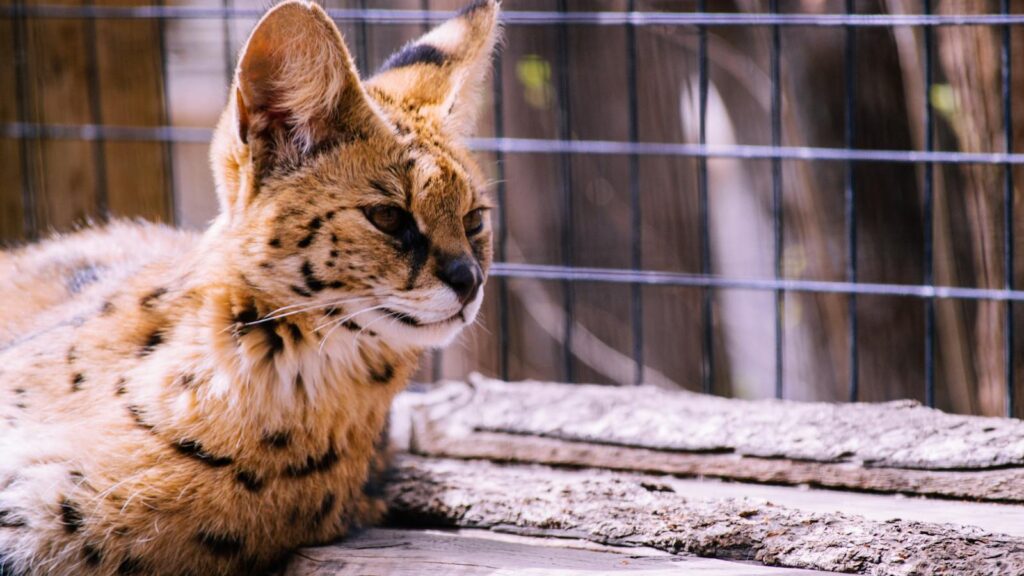
The social media-fueled demand for exotic pets creates direct conservation concerns, as many desirable species face significant threats in their natural habitats. When wild-caught animals enter the pet trade, natural populations can face rapid depletion, particularly for species with low reproductive rates or specific habitat requirements. Even when captive-bred specimens are sold, the normalization of keeping threatened species as pets can undermine conservation messaging about their ecological importance. The visibility of exotic pets on social media platforms frequently undermines public understanding of endangered status—viewers who regularly see servals or slow lorises as pets may assume these species are common and fail to recognize their precarious status in the wild. This disconnect between virtual visibility and actual wild population numbers represents a troubling consequence of the exotic pet content pipeline.
Psychological Drivers: FOMO and Social Currency

Social media platforms excel at generating FOMO—the “fear of missing out”—by showcasing extraordinary experiences that viewers then desire for themselves. Exotic pet ownership represents a particularly potent form of social currency in digital spaces, where standing out from the crowd translates directly to attention and validation. The psychological reward of posting content featuring unusual animals and receiving positive feedback creates a powerful reinforcement loop for both current and prospective exotic pet owners. Research has demonstrated that social validation through likes, comments, and shares triggers dopamine release similar to other addictive behaviors, further incentivizing the acquisition and display of novel pets. This social-psychological dimension transforms animals from living beings with inherent value into instruments for human attention-seeking—a troubling ethical shift accelerated by social media’s reward systems.
The Dark Side: Welfare Concerns and Suffering
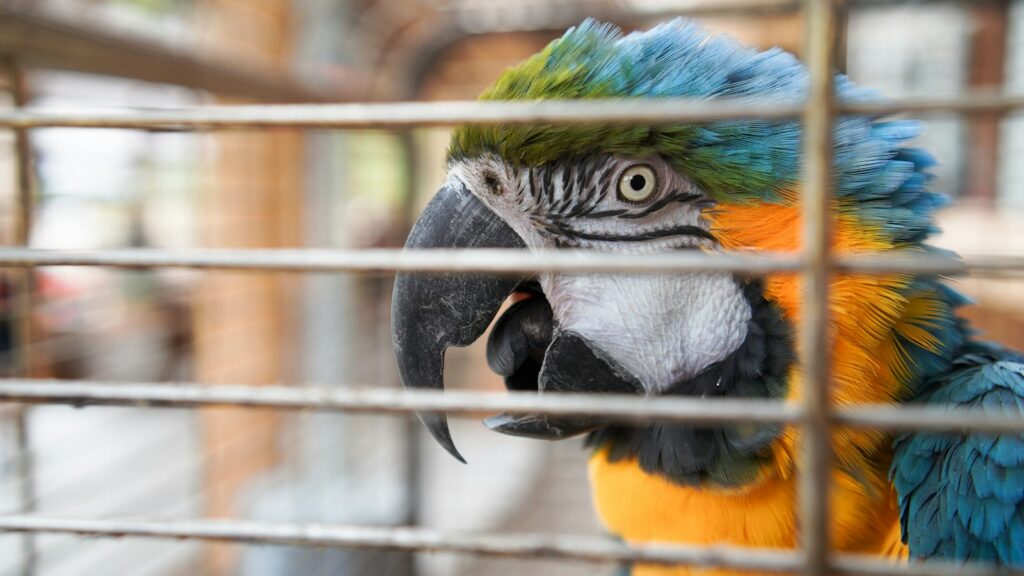
Behind the perfectly filtered photos and carefully edited videos lies a troubling reality of animal suffering largely invisible to social media consumers. Many exotic species experience profound physical and psychological distress in captivity, regardless of owner intentions or care quality. Primates, wild cats, and exotic birds frequently develop stereotypic behaviors—repetitive movements like pacing, rocking, or self-mutilation that indicate severe psychological distress in captive environments. The physiological needs of many species cannot be adequately met in domestic settings, leading to malnutrition, metabolic disorders, and shortened lifespans despite owner efforts. When the reality fails to match the social media fantasy, animals often face abandonment, inappropriate rehoming, or euthanasia—outcomes rarely documented on the platforms that generated the initial demand. Wildlife rehabilitation centers and sanctuaries report being overwhelmed with surrendered exotic pets acquired by owners who were unprepared for the actual responsibilities involved.
The Legal and Regulatory Landscape

The regulatory framework governing exotic pet ownership varies dramatically across jurisdictions, creating a confusing patchwork that social media completely disregards in its global distribution of content. While some regions prohibit private ownership of certain species, others have minimal restrictions, creating legal loopholes that facilitate the trade. Social media content rarely addresses these legal distinctions, presenting exotic pet ownership as universally accessible and acceptable, regardless of local regulations. Many viewers may be unaware that the exotic pet they admire online could be illegal to own in their location, leading to uninformed purchase decisions and potential legal consequences. The cross-border nature of social platforms effectively undermines local conservation efforts and regulatory frameworks designed to protect both animals and public safety.
Platform Responsibility and Policy Gaps

Major social media companies have been slow to address their role in facilitating the problematic exotic pet trade and promotion. While platforms have implemented policies against selling endangered species directly through their services, they have largely failed to address the broader issue of content that normalizes and promotes exotic pet ownership. Content moderation policies typically focus on explicit abuse rather than the more subtle welfare concerns involved in keeping wild animals as pets. The absence of warning labels or educational context on viral exotic pet content represents a significant missed opportunity for platforms to promote responsible animal treatment. Wildlife experts have called for more robust content policies that would restrict the promotion of inappropriate human-wildlife interactions, including the keeping of unsuitable species as pets.
Zoonotic Disease Risks in the Age of Pandemics

The COVID-19 pandemic has highlighted the significant public health risks associated with wildlife trade and close contact between humans and wild animals, yet social media continues to normalize these potentially dangerous interactions. Exotic pets can carry numerous pathogens capable of infecting humans, including herpes B virus from macaques, salmonellosis from reptiles, and various parasitic infections from multiple species. The international movement of exotic animals for the pet trade creates opportunities for disease transmission across geographic boundaries that might otherwise serve as natural barriers. Viral content rarely acknowledges these health risks, instead depicting intimate contact between humans and wild species as harmless or even desirable. This romanticized portrayal undermines public health messaging about appropriate boundaries between humans and wildlife—a particularly concerning trend in the wake of a global pandemic with likely zoonotic origins.
Community Building: Legitimizing Exotic Pet Ownership

Social media platforms excel at connecting individuals with niche interests, and exotic pet enthusiasts have formed robust online communities that normalize and reinforce questionable ownership practices. These digital spaces allow owners to share care tips, celebrate their unusual pets, and provide mutual support against criticism from wildlife advocates or authorities. While knowledge-sharing can potentially improve welfare for animals already in captivity, these communities often function as echo chambers that validate keeping inappropriate species as pets while dismissing conservation or ethical concerns. New exotic pet owners find ready-made support networks that legitimize their choices and provide workarounds for legal or practical obstacles. The community aspect transforms what might otherwise be recognized as problematic individual decisions into established cultural practices with their own internal norms and justifications.
Solutions and Responsible Content Creation
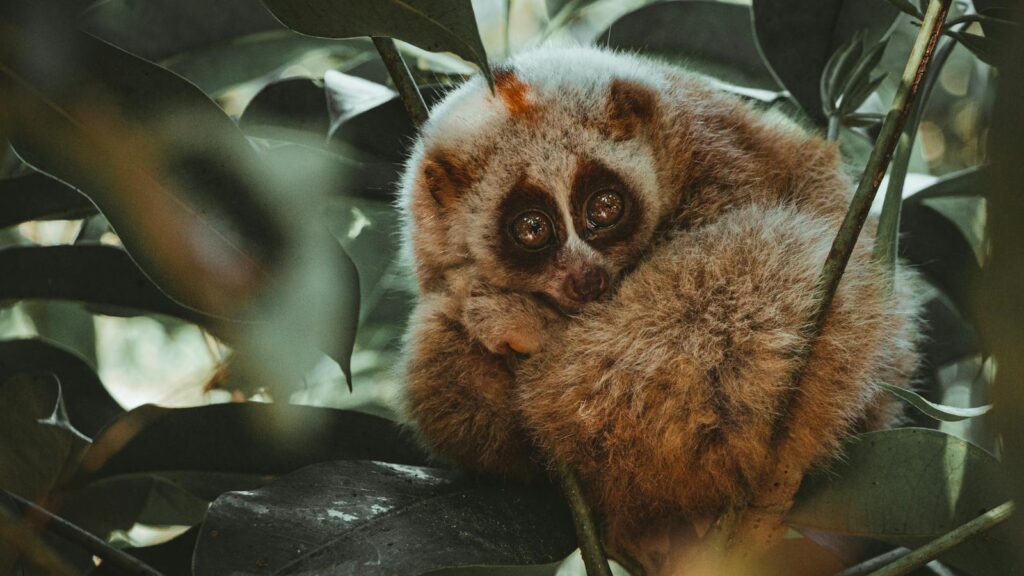
Addressing social media’s role in driving exotic pet demand requires a multifaceted approach involving platforms, creators, and audiences. Some wildlife organizations have begun creating counter-content that explains the hidden realities behind seemingly cute exotic pet videos, highlighting stress behaviors and welfare concerns visible in viral clips. Responsible influencers are increasingly partnering with legitimate wildlife sanctuaries to create content that satisfies viewer interest in exotic animals while promoting appropriate boundaries and conservation messages. Educational campaigns targeting specific misperceptions—such as explaining why slow lorises raise their arms when tickled as a defensive stress response rather than enjoyment—can help viewers critically evaluate the content they consume. Platforms could implement policies requiring educational disclaimers on content featuring non-domesticated species, similar to advertising disclosures already required for commercial content.
The Future of Social Media and Exotic Animal Interactions

The relationship between social media platforms and exotic animal content continues to evolve, with some encouraging trends emerging alongside persistent concerns. Several platforms have implemented restrictions on hashtags related to wildlife trafficking or animal abuse, representing initial steps toward more responsible content policies. Wildlife tourism facilities that offer ethical encounter opportunities are gaining social media traction as alternatives to private ownership, potentially redirecting consumer interest in exotic animals toward more appropriate channels. Zoos and conservation organizations have expanded their social media presence to provide accurate, education-focused content about exotic species that emphasizes their wild nature and conservation needs. The growing influence of the ethical consumption movement provides hope that social media users may become more critical of the animal content they consume and share, demanding higher welfare standards and more responsible messaging from content creators.
The exotic pet trade and social media have formed a symbiotic relationship with far-reaching consequences for animal welfare, conservation, and public perception. As platforms continue to deliver engaging content featuring non-traditional pets to ever-larger audiences, the responsibility falls on multiple stakeholders to ensure this visibility doesn’t translate to harmful outcomes. Social media companies must acknowledge their role in normalizing potentially problematic human-wildlife relationships, content creators should prioritize accurate, ethical portrayals of exotic animals, and consumers need to approach such content with critical awareness. The allure of the exotic will likely remain a powerful draw for online audiences, but how this fascination is channeled—toward conservation support or ownership demand—will significantly impact the future welfare of countless species. The compelling nature of social media presents both the problem and the potential solution for addressing the complex issues surrounding exotic pet demand in the digital age.



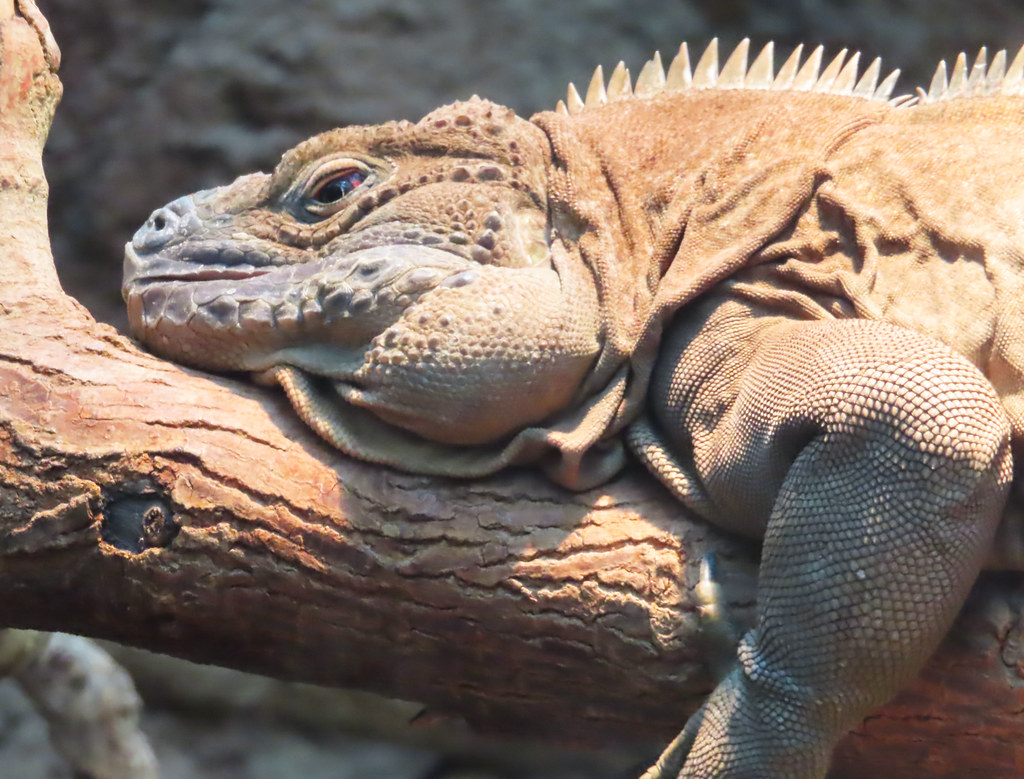
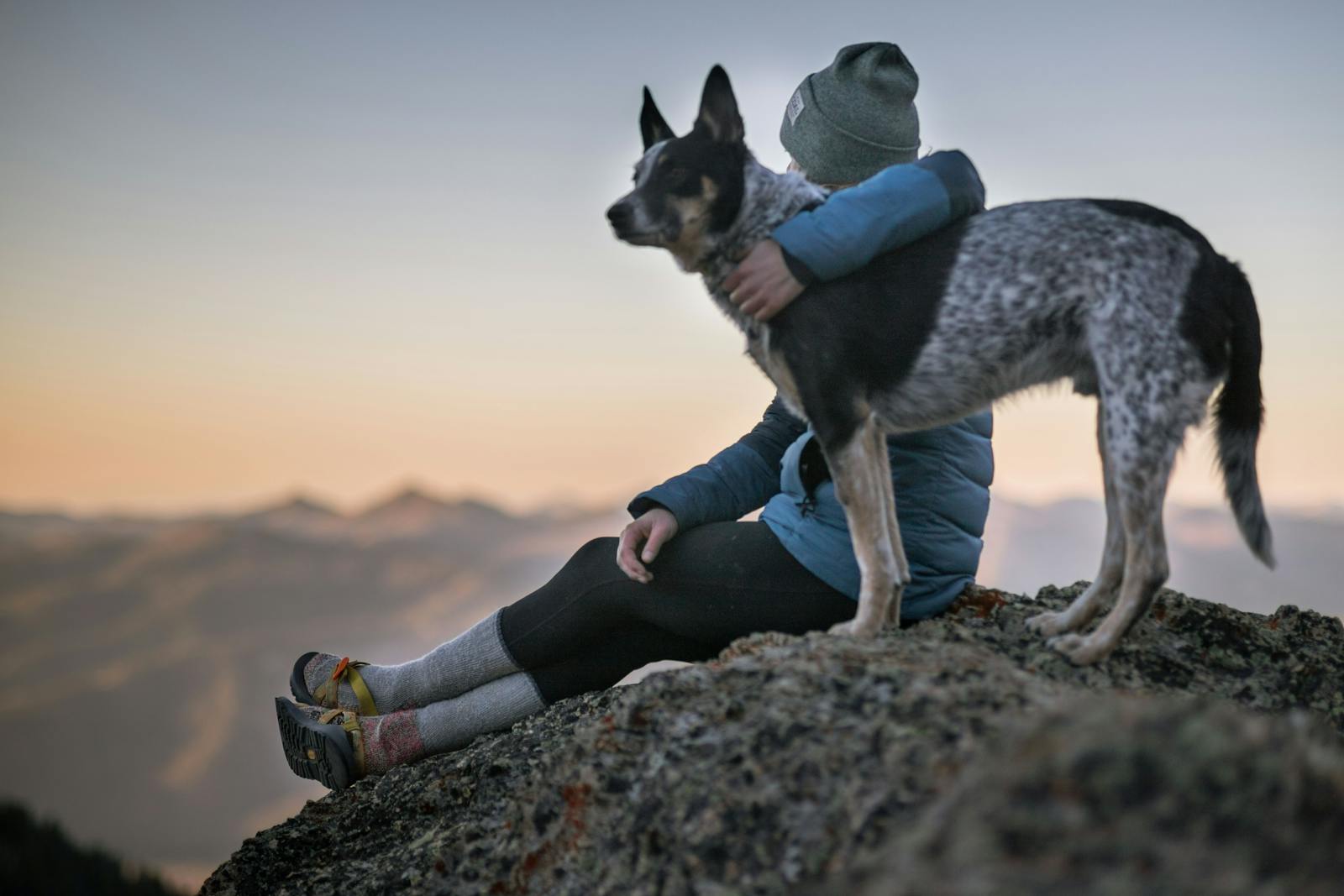

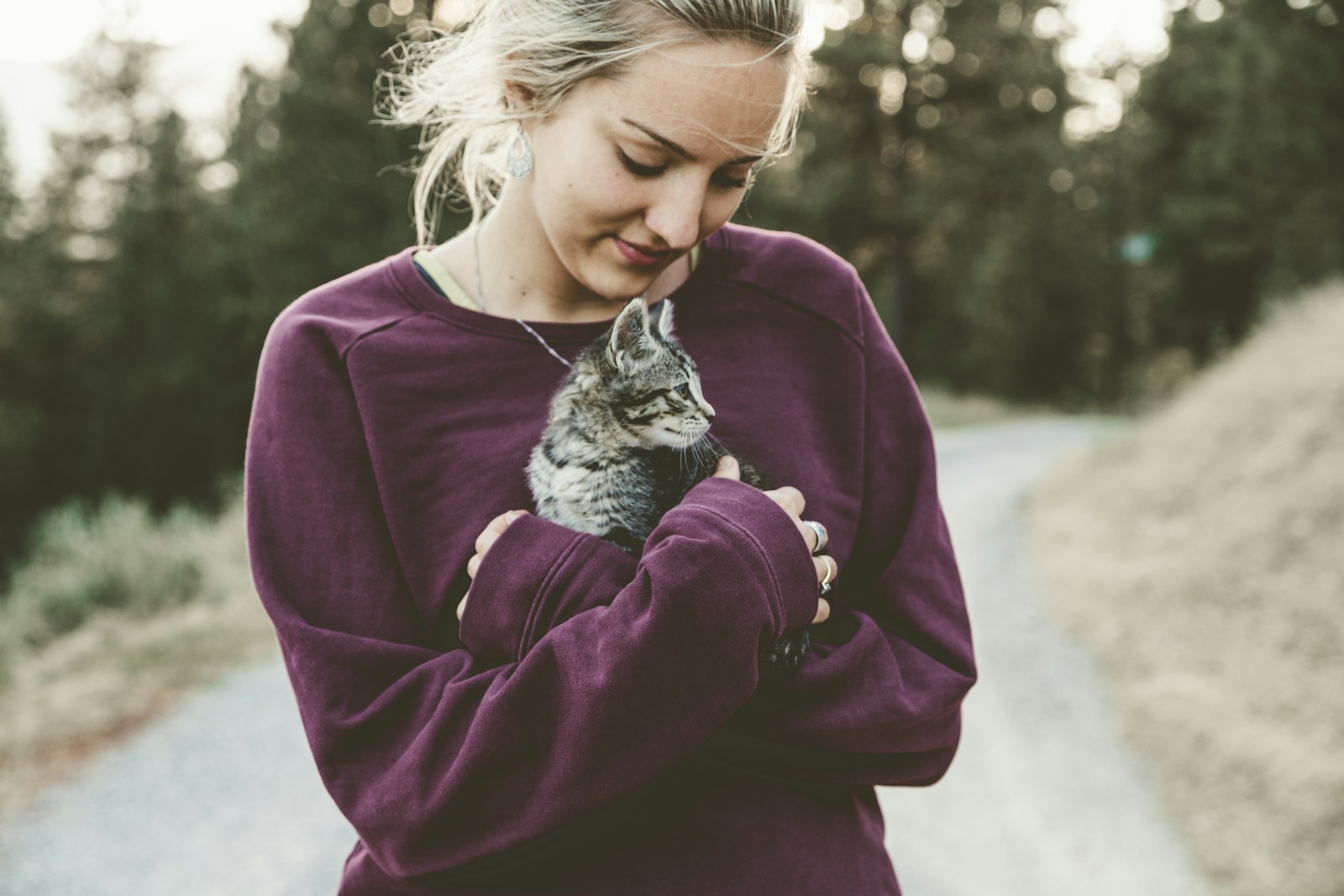



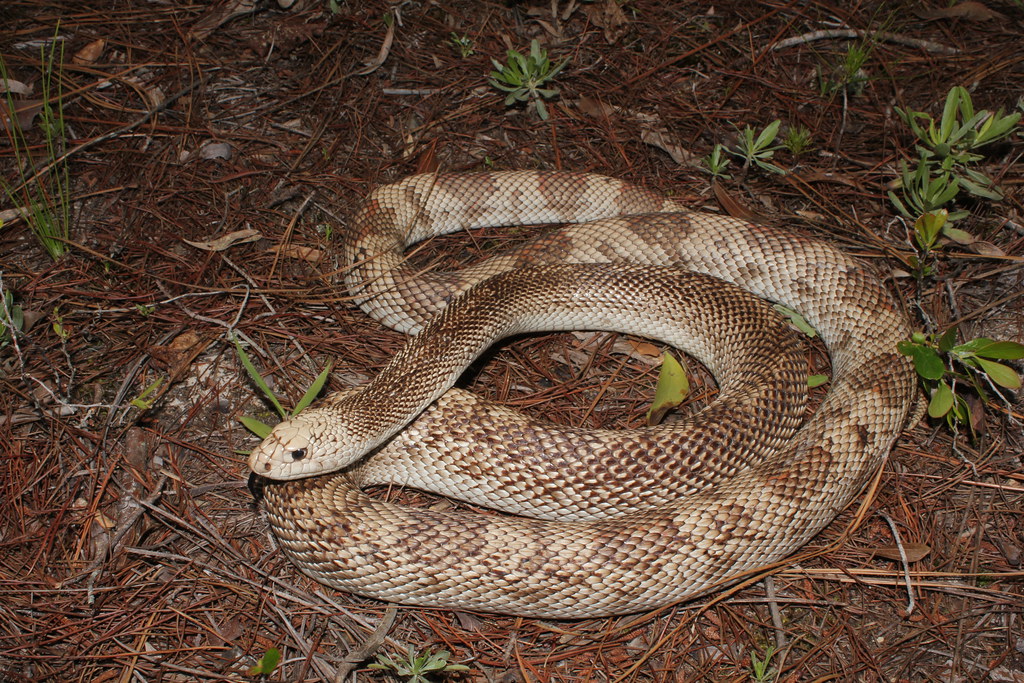





Leave a Reply